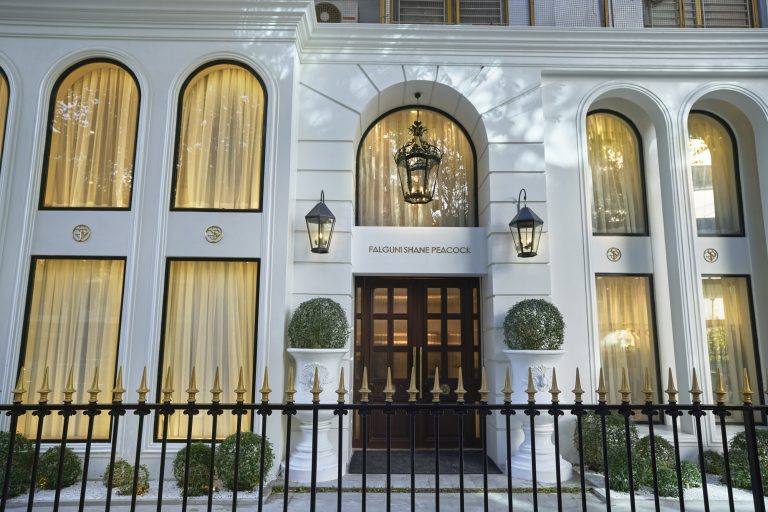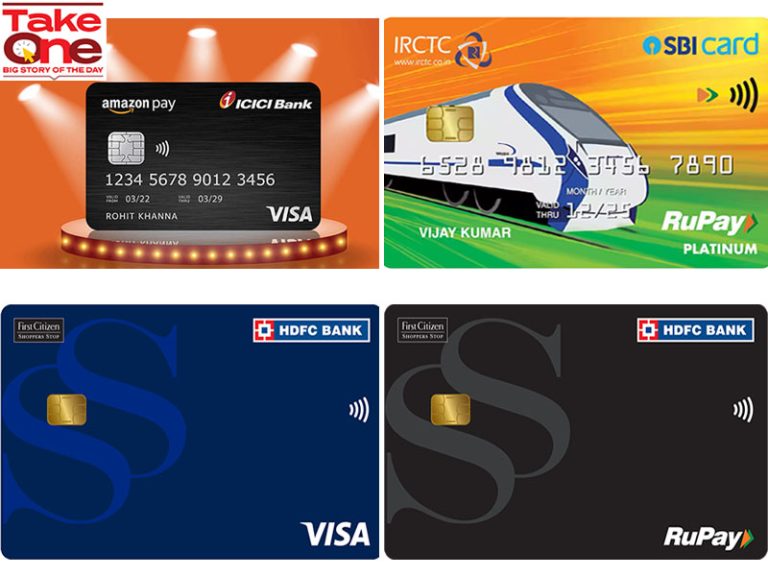Co-branded credit cards have gone beyond the fuel and travel segments into fashion and food delivery. But with reward points and cashbacks a given, the challenge for issuers will be to keep their card the top-of-the-wallet one.
The credit cards that the online marketplace and leading retailers are launching, is also targeting buyers in smaller towns and cities. Credit card companies have had a history of tying up with traditional retailers through which they pass on benefits and loyalty points, and this play is as much for consumers, as it is for retailers and the bankers. For banks, it’s about the volume of transactions that can be potentially generated. For retailers, it’s about marketing and communications and about consolidating their share on certain spend
SBI Card has tied up with Reliance Retail to launch the Reliance SBI Card credit card, giving customers who shop at its retail outlets access to rewards and benefits.
Customers shopping at Reliance Retail’s fashion & lifestyle, grocery, consumer electronics, pharma, furniture, and jewellery, among others, will get rewards and benefits by using the Reliance SBI Card. The company in its statement said that the card is made out of recycled plastic and has been introduced on the RuPay platform.
In addition, users of the co-branded credit card can also avail of the offers provided by SBI Card on an ongoing basis. The card has been launched in two variants, namely Reliance SBI Card and Reliance SBI Card PRIME. Annual renewal fee of Reliance SBI Card PRIME is Rs 2,999 excluding taxes while Reliance SBI Card’s renewal fee is Rs 499 plus taxes. Should the customers spend over Rs 3 lakh using the PRIME variant and Rs 1 lakh using the Reliance SBI Card, the renewal fee gets waived.
As credit lines for individuals continue to grow and consumer spending activity moves into an uptick in 2023, the issuance and usage of credit cards, particularly the co-branded types, has started to increase. Food delivery platform Swiggy launched its credit card, co-branded with private sector lender HDFC Bank, on Mastercard’s payment network.
Kotak Mahindra Bank, in association with Myntra, launched a co-branded digital fashion and lifestyle co-branded card, a first of its type, with customers being boarded onto Myntra’s loyalty programme. Myntra Kotak Credit Card is designed to reward you for your transactions at Myntra and partner merchants. This card allows you to save up to 7.5% every time you shop at Myntra. At an annual fee of Rs. 500, this card offers a host of benefits like complimentary lounge access, free PVR tickets, complimentary Myntra Insider membership, Myntra vouchers and much more. This is a suitable option if you are a Myntra loyalist and looking for an option to earn a direct discount.
Global e-commerce giant Amazon is looking to tie-up with more banks for credit card offerings, as it sees high growth in the segment. At present, the company has a tie-up with ICICI Bank for a co-branded credit card as part of which over 42 lakh credit cards have been issued as of June 2023 as per Zee Business news.
ICICI Bank had reported a 45 per cent jump in its credit card portfolio for the June quarter, and attributed the high growth to higher activation rate through digital onboarding of customers, including Amazon Pay credit cards.
According to the company officials, there is a high interest among the platform’s customers to make purchases using credit offerings, including the credit card offerings with ICICI Bank, a pay later offering and also instalments where it has partnered with other lenders.
What made it popular was that enabled Amazon Prime members to earn 5 percent reward points on shopping on Amazon India. Other customers get 3 percent reward points. They also earn 2 percent reward points on spends at Amazon Pay partner merchants and 1 percent for all other spends.
Flipkart Axis Bank Credit Card is one of the best cashback credit cards in India. Users will get up to 5% cashback on Flipkart, 4% cashback on partner websites and 1.5% flat cashback on all other spending. This is the second-highest flat cashback rate in the market after Axis Bank Ace Card which offers 2% cashback. Being a co-branded card, the best benefits of the Flipkart Credit Card are inclined towards Flipkart and its partner merchants.
The flat cashback rate on Flipkart is quite generous as compared to other cards in this fee range. Also, unlike the Amazon Pay ICICI Card where cashback is credited in the form of Amazon Pay balance, the Flipkart card has kept it simple with a direct statement credit model. Whatever cashback you earn will be directly credited to your credit card account thus taking away the hassle of reward/cashback conversion.
Flipkart Axis Bank Credit Card has a decent welcome package amounting to a total of Rs. 600. Against the joining fee of Rs. 500, this stands as a good value back for the user. Other shopping cards such as HDFC Millennia and SBI SimplyCLICK also offer welcome benefits but unlike Flipkart Axis their welcome benefit value simply matches their joining fee.
HDFC Bank and Shoppers Stop last year launched of a new range of co-branded credit cards, Shoppers Stop HDFC Bank Credit Card and Shoppers Stop Black HDFC Bank Credit Card, for 80 lakh “First Citizen” customers of the retail chain along with the bank’s customers. These credit cards come under the shopping credit cards league, and offer reward benefits around spends on Shoppers Stop’s Private label brands and all other spends. The cards also offer benefits around card activation, milestone benefits, lounge access, and insurance cover among others. Read on to know more details about these credit cards. Some top features and benefits of Shoppers Stop HDFC Bank Credit Card are welcome and milestone benefits, fuel surcharge waiver, and reward points amongst others. This credit card is a lifetime free card that comes with complimentary Shoppers Stop membership.
HDFC Bank—seen to be the market leader of active credit cards issued in India at 1.83 crore—has announced a new co-branded partnership with Marriott Bonvoy, the loyalty programme of Hotel Marriott.
AU Small Finance Bank too is planning to enter into partnerships for co-branded credit cards in the next one year, its credit card business head Mayank Markanday has said. Industry experts suggest there could be a possible tie-up with a jewellery-based merchant, which could be the first-of-its-type in the co-branded credit card segment.
Co-branded credit cards offer customers different requirements in terms of reward points and benefits that they want to get by redeeming them in the manner they want to. Earlier cards simply gave generic points which customers could use on their rewards platforms online (electronics, apparel, lifestyle etc.). But these were usually over-priced for the points that the customer consumed and redeemed.
It is not just the value of the brands, neither the number of cards issued nor the awareness that determines the success of a co-branded credit card. The financial break-even for a card issued by a bank will be the outcome of the interchange fees (fees which a merchant will pay to the bank when a customer makes a purchase from their platform).
The bank makes revenues on the card based on three modes: Interchange income—usually 1.8 percent on every transaction spend, plus fee income (annual, renewal, late or processing fees) on credit cards; interest income—the money seen as revolving credit where customers will carry forward outstanding dues and not repay the entire outstanding amount. The third is EMI interest, where the bank prompts the customer to convert the amount due in a large transaction into EMIs and pay a lower percent interest to the bank.
Thus, customers will continue to find opportunities to maximise their reward points and cashbacks if they are willing to spend more. For banks, while the opportunities to issue more co-branded cards exist, the partnerships will continue to evolve from the staple airlines, fuel and ecommerce merchants to other segments. The challenge for banks will be to make specific cards the top-of-the-wallet one and encourage customers to increase spends, which will help boost profitability.
















